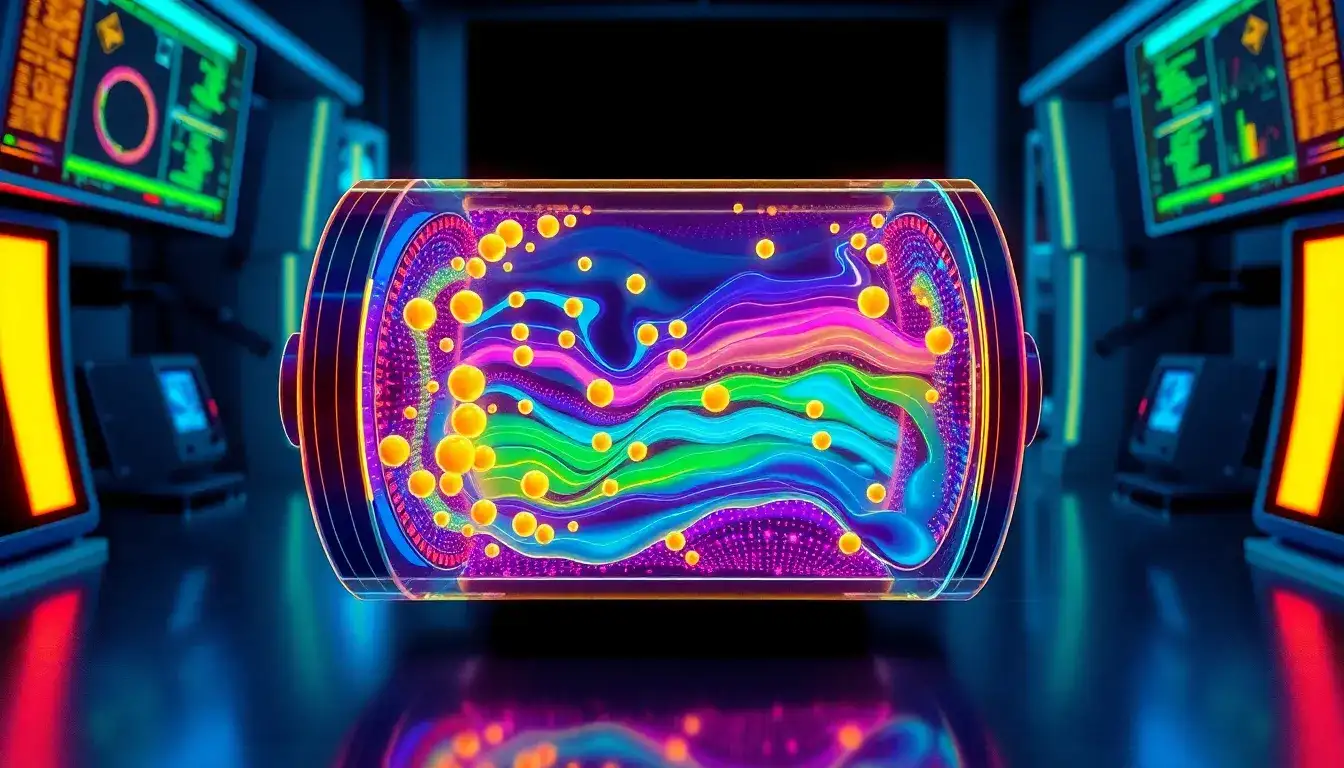
Many modern devices that enhance our daily lives depend on rechargeable batteries. Among these, lithium-ion batteries are widely used due to their low cost and ability to operate at high voltages, making them ideal for electronics and electric vehicles. However, these batteries often face performance declines with repeated use, raising safety concerns as they age.
One significant factor contributing to this performance degradation is the dissolution of metal ions from the cathode into the battery’s electrolyte. Studying this process has proven challenging due to the minimal amounts involved. To address this issue, researchers need to identify where, when, and how much dissolution occurs to develop effective solutions.
Researchers at Tohoku University have developed a method to detect and study the dissolution of metal ions in the cathode using nuclear magnetic resonance imaging (MRI). Their findings were published in Communications Materials on February 13, 2025. The study highlights the increase in MRI intensity as an indication of manganese dissolution from the LiMn2O4 cathode.
Nithya Hellar, a researcher at the Institute of Multidisciplinary Research for Advanced Materials (IMRAM) at Tohoku University, explained, “The results of the present study show that the dissolution of a very small amount of manganese (Mn) can be detected with high sensitivity by MRI and visualized in real time, which can greatly accelerate the speed of research.”
MRI is a medical imaging technology that utilizes magnetic fields and radio waves to create detailed images. Contrast agents, such as gadolinium—known for its paramagnetic properties—enhance visibility in MRI scans by altering the magnetic characteristics of targeted areas.
The research team utilized this principle, as the manganese that dissolves from the cathode is also paramagnetic. They focused on the dissolution of Mn2+ from the spinel-type LiMn2O4 cathode in a commercial battery electrolyte, LiPF6 EC:DMC. An increase in signal intensity in the MRI images indicated ongoing dissolution, which they successfully observed in real time.
In their study, the researchers also explored whether using an alternative electrolyte could mitigate the dissolution process. By monitoring the dissolution through MRI, they found that if there was no increase in signal intensity, it indicated that dissolution was not taking place. They tested the LiTFSI MCP electrolyte system, developed by researchers at the University of Munster, Germany, and found no significant increase in MRI signal intensity, concluding that dissolution did not occur with this system.
This innovative testing method provides researchers with valuable insights into “exploring metal ion dissolution in any electrochemical systems under various electrochemical conditions, such as changes in electrolyte solutions, salts, electrodes, and additives.” Junichi Kawamura, Emeritus Professor at Tohoku University, emphasized that this identification method could aid in designing lithium battery materials and enhancing their performance.
Looking ahead, this technique holds tremendous potential for advancing our understanding of the reactions within batteries and testing alternative battery technologies. Hellar noted, “We believe the method developed here can answer the long-time unanswered question of when, where, and how metal ion dissolution occurs in lithium-ion battery electrodes, and it can be extended to other electrochemical systems.”
Publication Details:
- Title: Direct observation of Mn-ion dissolution from LiMn2O4 lithium battery cathode to electrolyte
- Authors: Nithya Hellar, Yoshiki Iwai, Masato Ohzu, Sebastian Brox, Arunkumar Dorai, Reiji Takekawa, Naoaki Kuwata, Junichi Kawamura, Martin Winter
- Journal: Communications Materials
- DOI: 10.1038/s43246-025-00733-2
This material has been edited for clarity, style, and length, and the views expressed are solely those of the authors.
Original article by NenPower, If reposted, please credit the source: https://nenpower.com/blog/mri-technology-reveals-metal-ion-dissolution-in-lithium-battery-cathodes/


